
- Home
- India
- World
- Premium
- THE FEDERAL SPECIAL
- Analysis
- States
- Perspective
- Videos
- Sports
- Education
- Entertainment
- Elections
- Features
- Health
- Business
- Series
- In memoriam: Sheikh Mujibur Rahman
- Bishnoi's Men
- NEET TANGLE
- Economy Series
- Earth Day
- Kashmir’s Frozen Turbulence
- India@75
- The legend of Ramjanmabhoomi
- Liberalisation@30
- How to tame a dragon
- Celebrating biodiversity
- Farm Matters
- 50 days of solitude
- Bringing Migrants Home
- Budget 2020
- Jharkhand Votes
- The Federal Investigates
- The Federal Impact
- Vanishing Sand
- Gandhi @ 150
- Andhra Today
- Field report
- Operation Gulmarg
- Pandemic @1 Mn in India
- The Federal Year-End
- The Zero Year
- Science
- Brand studio
- Newsletter
- Elections 2024
- Events
- Home
- IndiaIndia
- World
- Analysis
- StatesStates
- PerspectivePerspective
- VideosVideos
- Sports
- Education
- Entertainment
- ElectionsElections
- Features
- Health
- BusinessBusiness
- Premium
- Loading...
Premium - Events
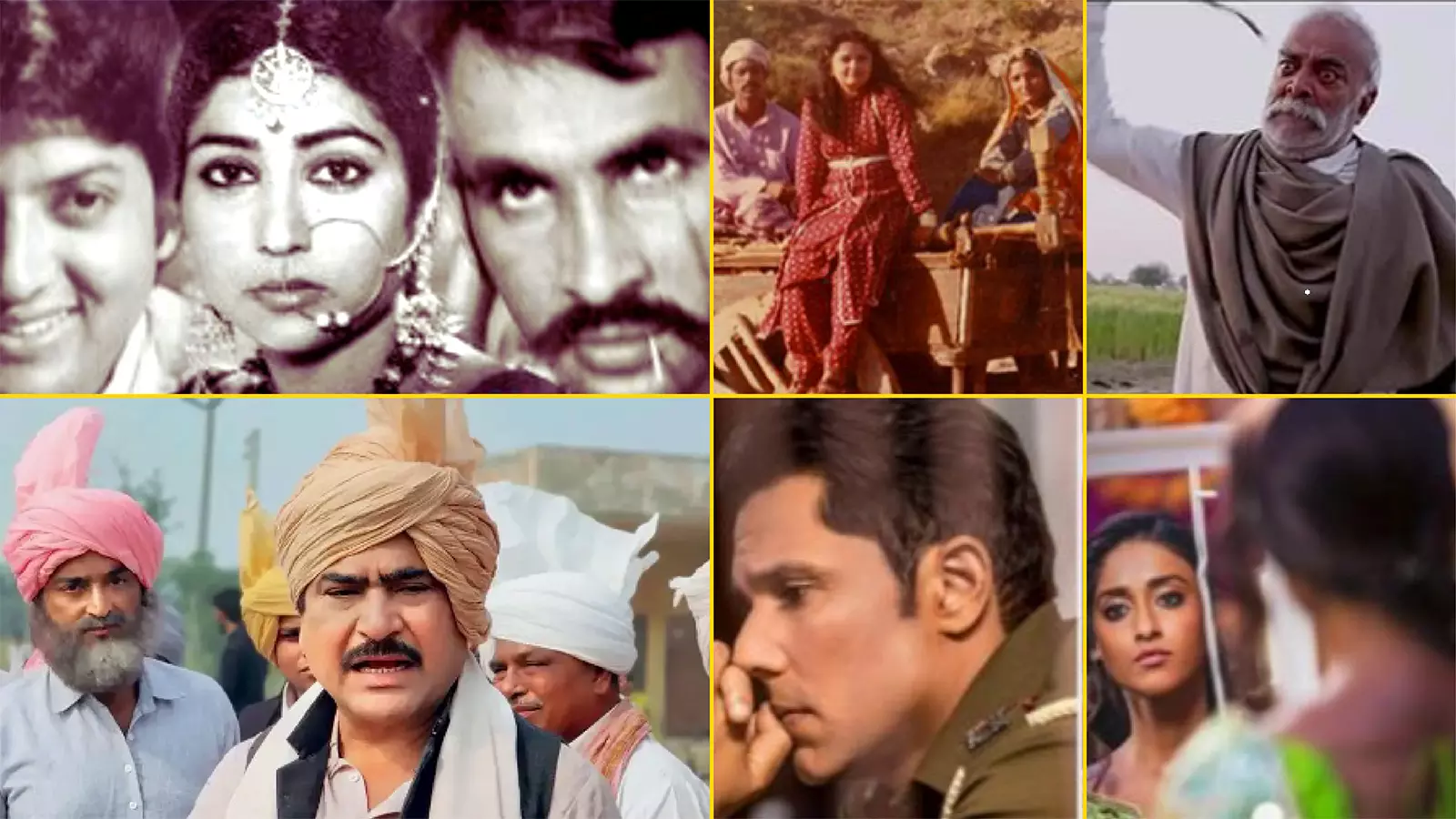
Haryana is India’s richest large state by per capita incomes. The agriculturally fertile villages of the state also produce a large number of youth who serve in the India defence forces, and the largest number of country’s sporting medals despite having just about 2% of its population. While Haryana hits headlines often with these attributes, the state was in the news recently for a...
Haryana is India’s richest large state by per capita incomes. The agriculturally fertile villages of the state also produce a large number of youth who serve in the India defence forces, and the largest number of country’s sporting medals despite having just about 2% of its population. While Haryana hits headlines often with these attributes, the state was in the news recently for a very different reason — its film industry. Despite being a culturally vibrant state, many have remained oblivious to Haryanavi films.
The Haryana government has expressed its interest in promoting culture by incentivising its propagation. In a step towards that end, four films showcasing Haryana and its culture — Dada Lakhmi, 1600 Meter, Chhalaang and Tera Kya Hoga Lovely — have been selected for ‘subsidy’ under the Haryana Film & Entertainment Policy, 2022.
For a state that has umpteen stories of valour, folktales in every nook and cranny, whose songs and dance have been instant hits, and which also boasts of actors such as Sumitra Hooda Pednekar, Jaideep Ahlawat and Randeep Hooda, to have no industry of its own reflects a lack of vision.
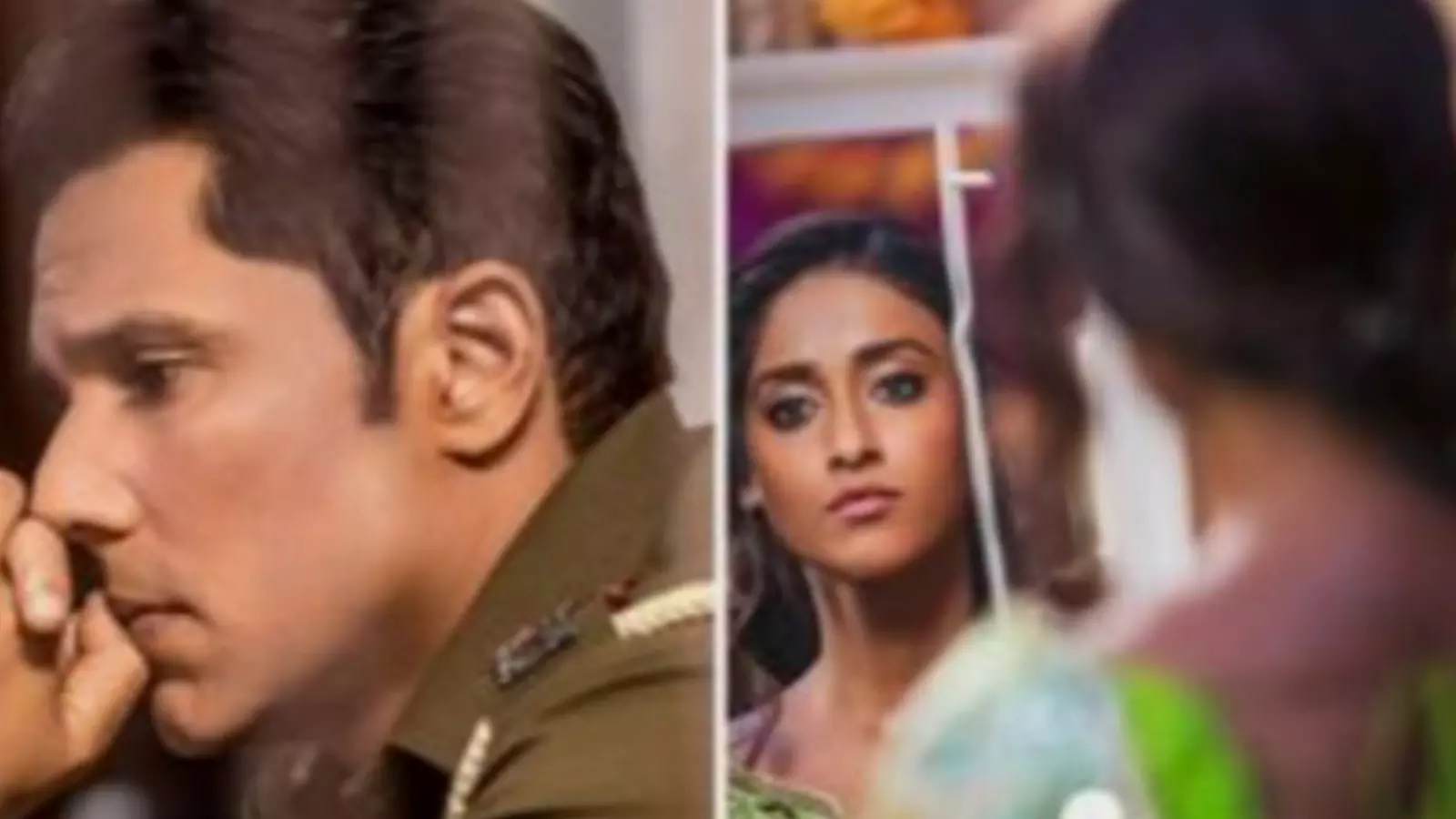
Randeep Hooda and Ileana D'Cruz in Tera Kya Hoga Lovely.
A mixed legacy
It isn’t that Haryana does not have movies to be proud of. The Haryanvi film industry, in fact, kicked off in 1968 with the release of Dharti. This was followed by Harphool Singh Jat Julani in 1970, Beera Shera in 1973, and Bahurani in 1982.
It is said that Shyam Benegal’s arrival in the state to shoot a documentary infused confidence in many local artists.
“The renewed journey of the Haryanvi film industry started in the 1976 when Shyam Benegal came to shoot a documentary which sparked the interest of local artists,” 66-year-old Anand Sharma, a local artist who is associated with Rewari’s Mirpur University, told The Federal.
Then Chandrawal in 1984 marked a turning point, earning substantial returns and broadening the audience beyond Haryana. However, financial constraints hindered many projects, forcing filmmakers to look the other way. Lack of funds drew talent out and away from Haryana.
Over the years, however, crudeness infused in Haryanavi art too has limited its reach.
“Despite sporadic successes like Laado in 2000, and Pagdi: The Honor in 2014, most contemporary Haryanvi films suffer from formulaic themes and crude humour,” Gajender Phogat, additional director Haryana Kala Parishad and OSD to Haryana Chief Minister Manohar Lal Khattar, told The Federal.
Therefore, the government subsidy ranging from Rs 2 crore to Rs 1 crore, has been welcomed by local artists and experts.
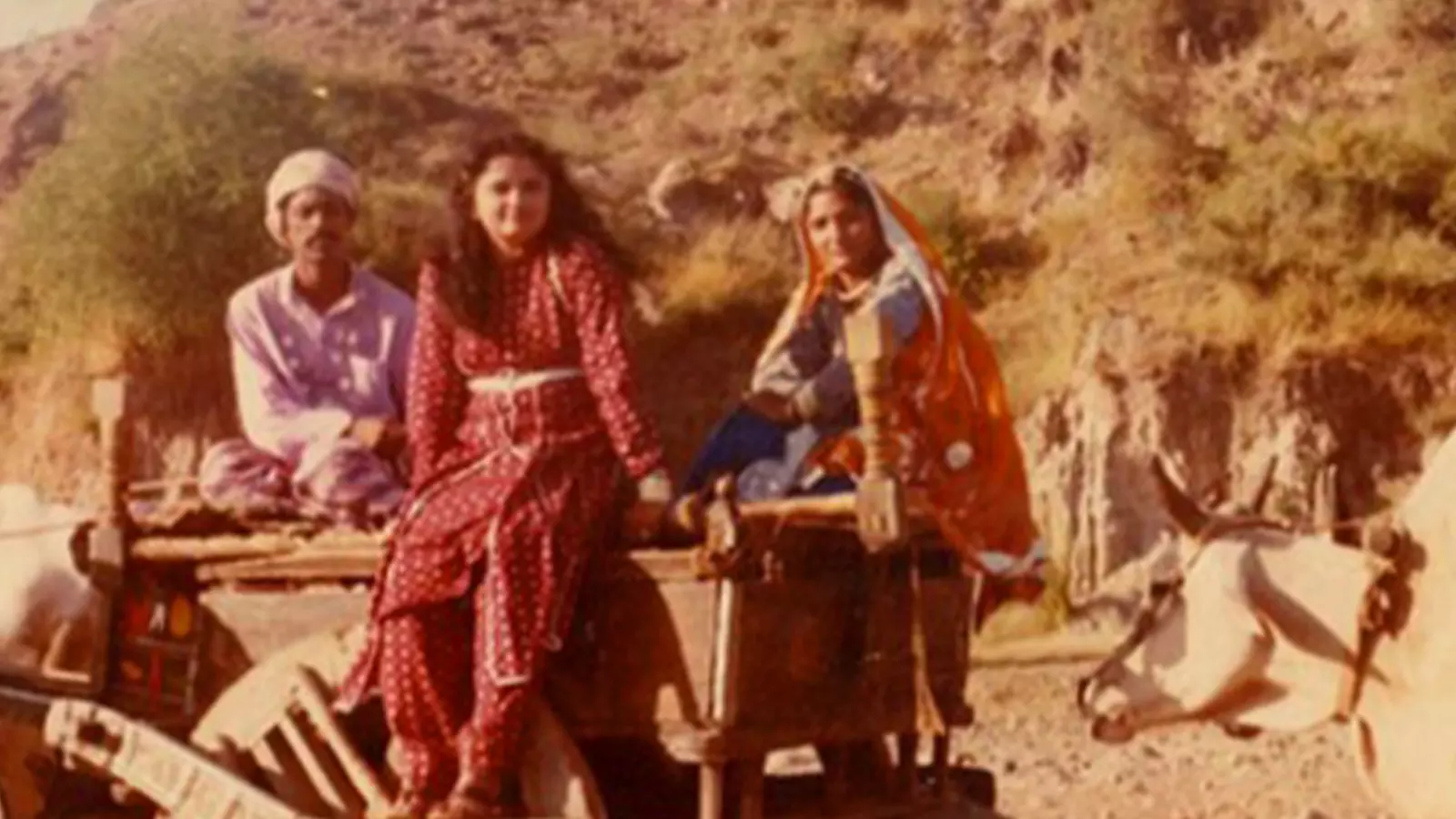
A still from Chandrawal.
Local artists have, in fact, called the move a milestone in the journey of Haryanvi film industry which mostly struggled because of lack of funds. The shortage of money inadvertently led to a shortage of talent pool, including professionals and technical hands. But money was just one reason why the Haryanavi film world never really bloomed like its Punjab counterpart.
“When films like Bahurani-Chandrawal came and caught the imagination of local audience, the Haryanvi industry started witnessing the entry of unprofessional people who had bags of money but no understanding and passion for cinema. They ruined the cinema beyond repair,” says yesteryear actor Sumitra Hooda Pednekar, who played the lead in the1982 Haryanvi film Bahurani.
According to Anand Sharma, Sumitra-starrer Bahurani was a landmark for Haryanavi films with dialogues purely in local lingo.
“Back then Doordarshan and Aakaswani were the only medium to spread information but they adopted a step-motherly attitude towards local cinema. Though the Doordarshan office was in Delhi, which is surrounded by Haryanvi audience, it hesitated in promoting the songs and films of Haryana. Haryana never lacked talented artists but an honest effort to establish it has always remained an issue,” said Sharma.
Sumitra Hooda, mother of Bollywood actor Bhumi Pednekar, who is in the news for her role in Bhakshak, attributed another reason to the downfall of Haryanavi cinema.
“Instead of cinema artists, the film cast was full of the kith and kin of film producers and promoters. This phenomenon ensured Haryanavi movies not only tanked at the box office but after a point theatre owners also refused to play Haryanvi films,” she told The Federal.
On the question of why Punjabi cinema could do better, Sumitra said, “The neighbouring state had a better understanding of film making and had better resources compared to the Haryanvi film industry.”
“They had a better working environment for film making and the audience was forthcoming, while in Haryana the audience comprised farmers who usually had little time for entertainment. While the Haryanavi industry did not have the money to make quality cinema, the state’s people could not afford tickets,” she said.
Jagbir Rathee, a Haryanavi entertainer who also worked in regional films and the iconic Hindi blockbuster Aamir Khan-starrer Dangal (2016), said, “Haryana has traditionally been known as the land of jawan (soldier) and kisan (farmer). Their hardships never ended and lack of money always played a hurdle, so the film line never got its due respect.”
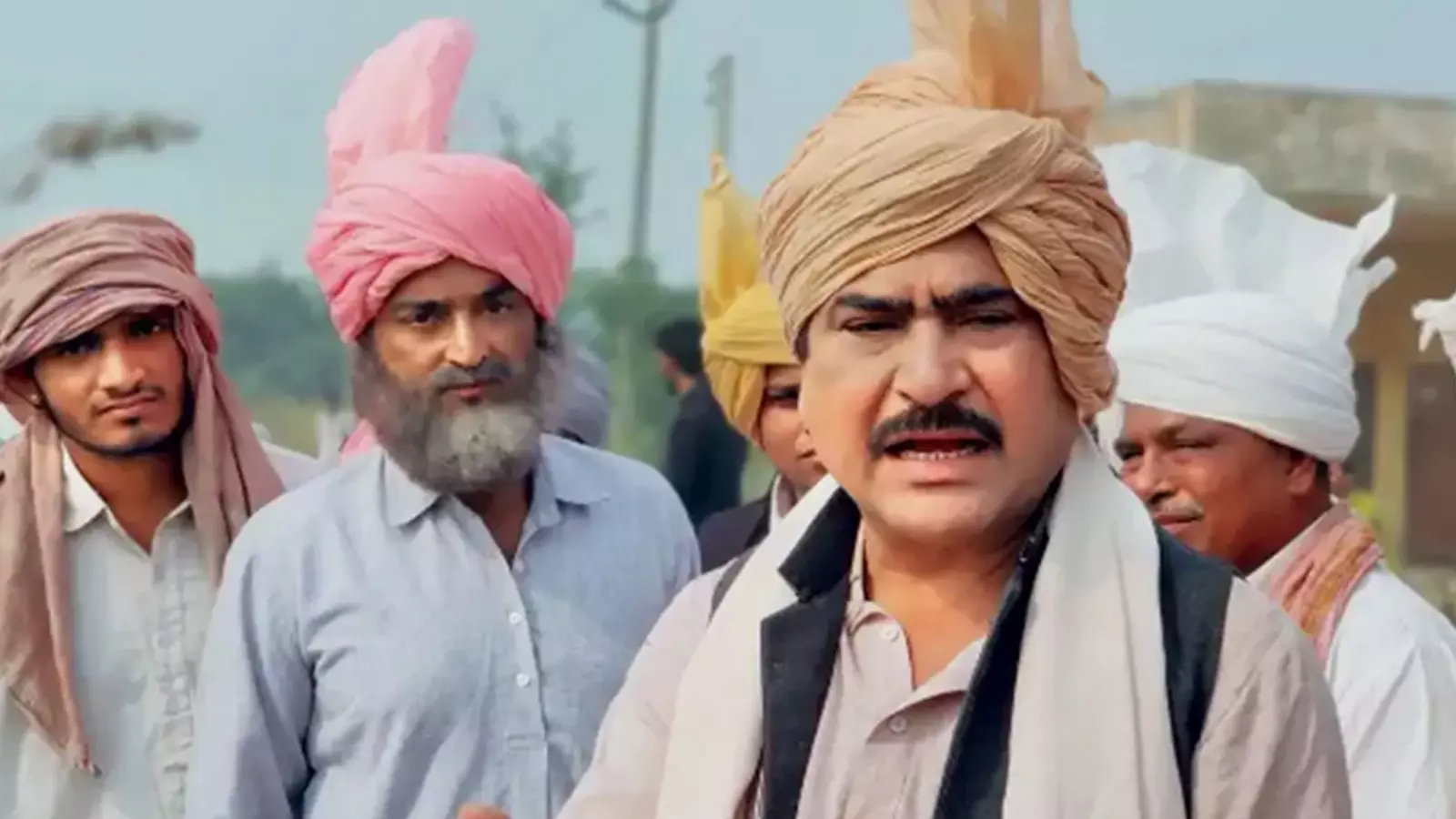
A still from Dada Lakhmi.
“While some good work was done, it was largely ignored, barring a few exceptions. Those who invested money in Haryanvi films went bankrupt as the scope of films was already limited. Hindi films were given preference due to their technical quality and professional makers who had the expertise and funds to execute their imagination,” Rathee added.
Ramphal Chahal, a former Haryanvi actor who starred in the Haryanvi film Panghat (1984) and many more afterward, said that when the industry started they had to buy reels and hire cameras from Mumbai.
“Due to lack of funds and technical knowledge films could not evoke interest among the local audience. Language barriers ensured the films had little scope beyond local audience,” he said.
Because the movies brought bad business, theatre owners allocated only odd slots to Haryanavi films, this made it further difficult to popularise Haryanavi film industry.
“It remained difficult for rural audience to travel at night or early morning to watch films. Modern theatres are anyway quite expensive for rural audiences,” Chahal said.
Sumitra Hooda, however, feels the government subsidy has the potential to infuse life in Haryana’s film industry because “things have changed for the better now”.
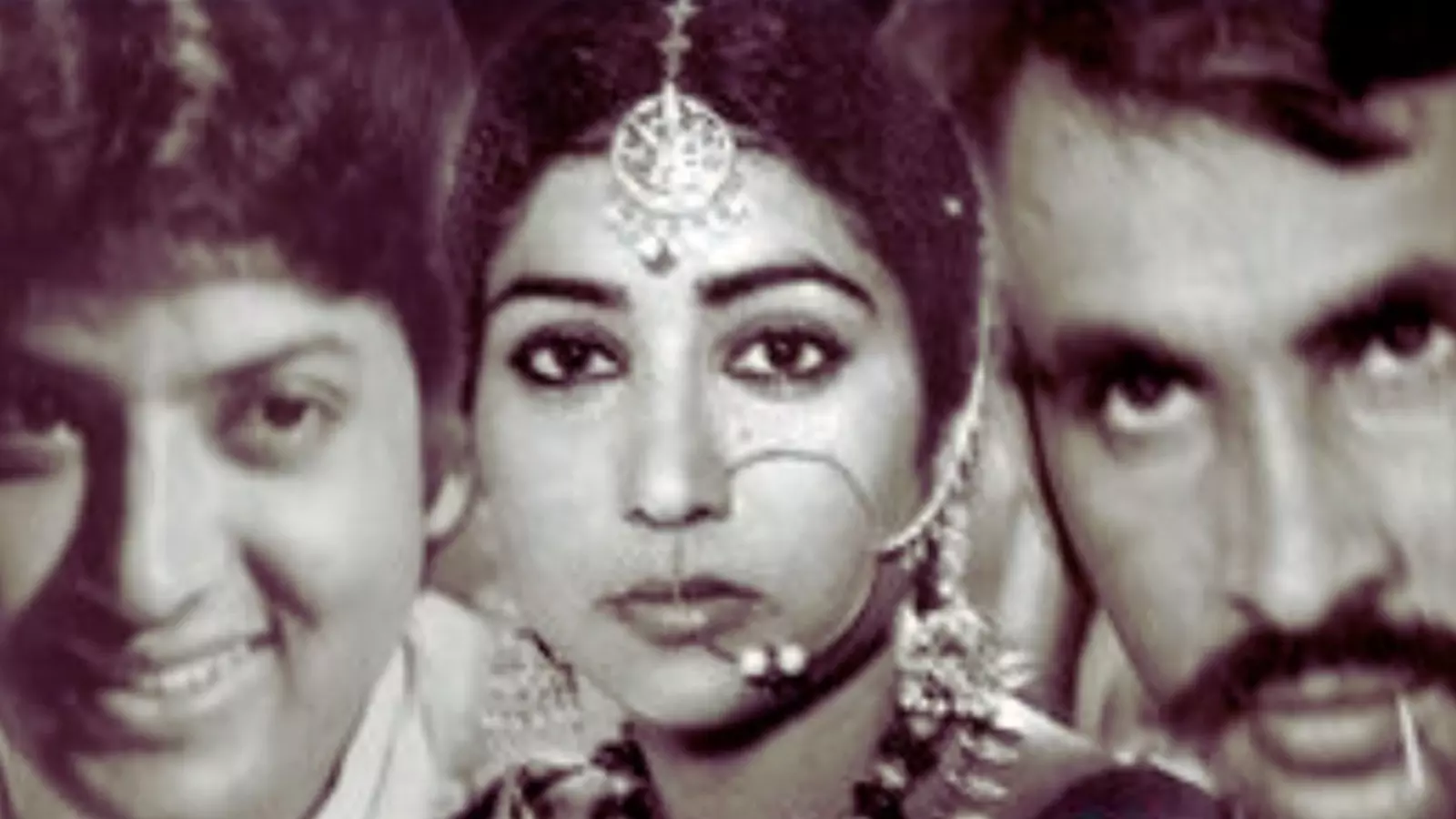
Sumitra Hooda Pednekar played the lead in the1982 Haryanvi film Bahurani.
“Women were permitted to go out to watch films for the first time when Haryanvi films started hitting theatres. Despite not being technically sound, films like Chandrawal were huge successes because people came in droves to watch Haryanvi-speaking actors on the big screen.”
Chandrawal does stand out for its memorable music and significant shift in viewing habits by attracting women to theatres.
“Today, the pass-outs of Haryana-based government film institutes are doing better in Mumbai in every segment from technical to playing protagonists like Jaideep Ahlawat and Randeep Hooda.”
“Even Bhumi, my daughter is half-Haryanvi, as I come from the state and started my career from here,” she told The Federal breaking into laughter.
Gajendra Chauhan, vice-chancellor State University of Performing and Visual Arts, who is known for playing the iconic role of Yudhishthira in Mahabharat, said that Mumbai’s filmmakers have started showing interest in Haryana and state film policy has started working but it still needs more boost to attract filmmakers to the state.
Chauhan, who is also a governing body member of state film policy, said that suggestions and recommendations have been invited to make the Haryana film policy more attractive and artist-friendly. “Our film and and television institute produces actors, directors, and technicians who are doing well in mainstream films. It is just the beginning and much more needs to be done to broaden the scope of boosting Haryana on the national map,” he added.
In recent times, however, Hindi cinema has begun exploring Haryana for narratives and settings, reflecting the state's social and cultural fabric, and gradually shifting away from negative stereotypes.
Films like Dangal, Sultan (2016), and Tanu Weds Manu Returns (2015) portrayed Haryana's essence, but local interest in Haryanvi cinema remained low due to societal biases. Yet, with the Haryana cabinet's approval of the Haryana Film Policy, offering incentives and subsidies, attitudes are poised to change, potentially revitalizing the industry.
What beyond subsidies
Yogesh Vats, an alumnus of Rohtak’s Film & Television Institute (Pandit Lakhmi Chand University of Performing & Visual Arts), who has recently finished shooting a Haryanvi film named Dhund said that making the artists wear traditional costumes like kurta-dhoti or ghaghra-choli won’t work if Haryanvi film industry is to be given a new lease of life.

A still from Pagdi: The Honor.
“Those associated in the decision-making body of the state film policy are old school in their thoughts and ideas. The modern may seem obscene or vulgar to them. But what they consider traditional won’t work in today’s cinema. As far as government funding for films is considered, it is a welcome step but it should not be reduced to patronising a particular ideology or political thought,” Vats said.
“Cinema can’t prosper unless professionals come and work on subjects that have a local flavour. In doing so they may be lured to show the landscape of Haryana and give work to local artists based on their merit,” he added.
Talking about Haryana’s film policy, Vats said that funding four films should not be celebrated unless there is a clear roadmap to revive the entire industry.
“Why can’t the Haryana government invite big directors like Karan Johar and Sanjay Leela Bhansali to Haryana and give them proper incentives including filming permissions, security, special discounts to showcase Haryana through their lens. This should include an agreement that they will employ some local artists. The Uttarakhand government has been able to implement this plan with a fair degree of success,” he added.
Meanwhile, renowned actor Mita Vashisht, who is the chairperson of the governing council established to oversee the implementation of the Haryana Film and Entertainment Policy, said that the body is looking at more ways to popularise Haryanavi cinema.
“Subsidies are important yes, but as in all aspects of anything, there are several other things that need to be encouraged and streamlined to create a thriving sustainable film-making culture. New story writing, script development, training workshops at the grassroot level for those interested are needed so that we easily and very efficiently handle film production work for film shootings in the state,” she said.
“There is also a need for film distribution within the state by creating new spaces for film release/viewing. These spaces should reflect the culture and architecture of Haryana.”

